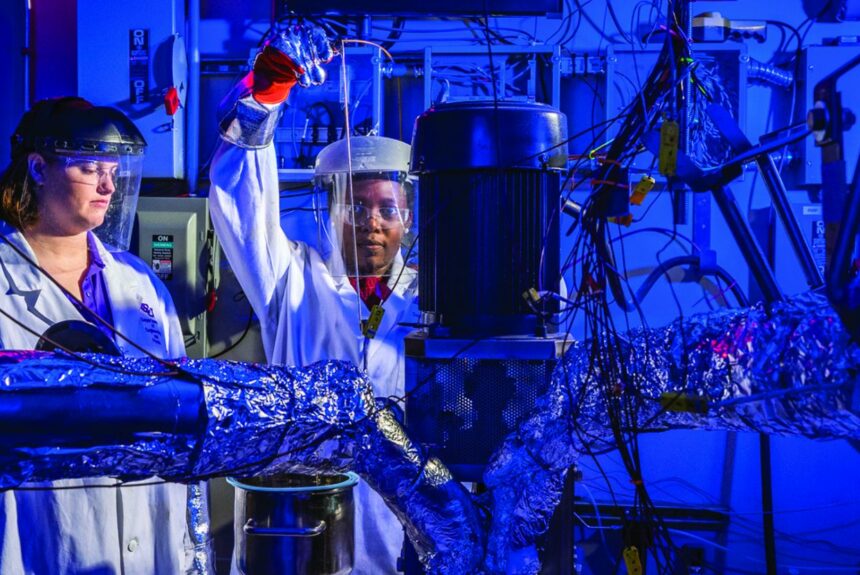Starting with the state’s first oil well in 1866 and home of the fracking revolution more than a century later, Texas has long been a global leader in energy breakthroughs. In addition to being one of the world’s top producers of natural gas, the state is also the top national producer of wind and solar power, with a potential wave of geothermal incoming. Texas is adding more grid battery storage than any other state and could be a critical hub for hydrogen production. Now, the state is poised to increase its share of nuclear power, specifically advanced technologies like small modular reactors.
>>>READ: Does the U.S. Need More Nuclear Energy?
Texas’ governor Greg Abbott recently delivered a speech at the University of Texas in Austin (UT Austin) where he discussed small nuclear reactors and their potential to deliver reliable, clean power across the state. “We’re going to be studying and evaluating the reliability, the safety of nuclear power,” he told the crowd. “And, if it passes all the tests, we will be looking to dramatically expand nuclear power in the state of Texas.”
Governor Abbott has long been interested in small nuclear. At his direction, the Texas Advanced Nuclear Reactor Working Group was formed in August of 2023. Led by Public Utility Commission of Texas Commissioner Jimmy Glotfelty, the group is researching the potential of advanced small nuclear reactors and strategizing how Texas could lead the nation in nuclear deployment. The group’s findings are due to Abbott by December 1, 2024.
Gov. Abbott also spoke at UT Austin upon the founding of this working group, explaining exactly why he thinks the state needs to look to nuclear:
“Texas is the energy capital of the world, but more important is what we are doing with that energy and what it means for our future in the state of Texas. Very important to our state is how we use energy to generate power for our grid. For a state that continues to grow massively, we are at the height of our production during the day, and we generate more power than California and New York combined. But we need more dispatchable power generation. One thing we are looking at with a keen eye is the ability to expand our capabilities with regard to nuclear generated power.”
Today, Texas is home to four light water nuclear reactors—Comanche Peak near Fort Worth and South Texas Nuclear Generating Station southwest of Houston. These reactors produced less than ten percent of Texas’ total energy in 2023. Small nuclear reactors could be easily deployed, scalable, and not reliant on large bodies of water for cooling like traditional reactors. While Texas is a state big enough to have major variations in population and climate from region to region, many sections of the state are arid and rural. Small nuclear can can fit different climates and any population size.
>>>READ: Leading Experts Talk Energy Innovation
Many experts have questioned whether SMRs will be more economical than traditional nuclear, and Texas may be possibly the best proving ground. The state has a unique energy model that makes it independent of regional power grids. Thanks to this sort of deregulation, consumers in Texas can choose their own energy plans and providers while power plants are paid only when they generate electricity. If SMRs are deployed in the state, this sort of regulatory climate will prove whether or not they are economically viable.
Safe, reliable, and clean, nuclear energy holds tremendous potential in Texas. The state’s exploration of advanced reactor concepts could unleash even more power production in Texas, allowing the Lone Star State to retain its title as the energy capital of the world.
The views and opinions expressed are those of the author’s and do not necessarily reflect the official policy or position of C3.
